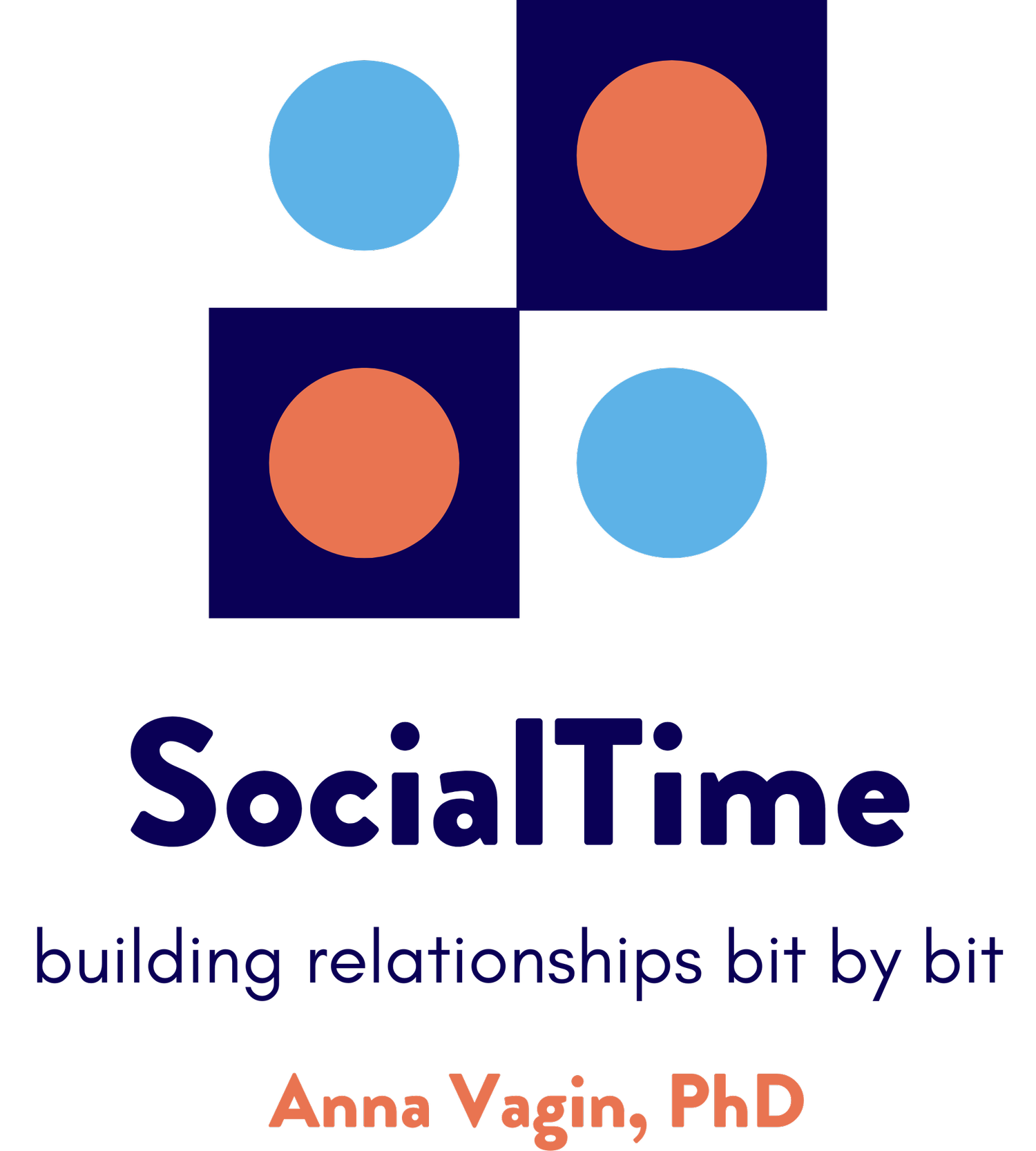Making the case for rubrics!
Rubrics frame measurable goals
Last month, I talked about the importance of using strength-based frameworks as we explore student conversations. With the end of the school year in our sights, many of us are in the process of re-assessments, 3-year reviews, and IEPs. Ok, it actually is “IEP season” all year long, but let’s take a pause in our hectic days to think about…rubrics and goals. As Tony Robbins, author, business strategist and motivational speaker reminds us, “Setting goals is the first step in turning the invisible into the visible.”
Keep in mind that it’s very important to include student strengths when we talk about “current levels of performance” on our way to writing goals. These will guide future work, since starting from a strength always works best when trying to move forward. There was more about this in my last blog…
So how do we turn invisible aspirations into visible, realistic, and measurable goals for our students? And how do we incorporate a strength-based framework in that process? As we write more and more goals about social cognitive processes and knowledge, we are finding that an 80%-based goal just doesn’t work like it did for articulation or past tense. That form of measure just isn't appropriate for complicated social behavior. You can’t say “hi,” or demonstrate perspective taking 80% of the time!
We are also entering a refreshing era prioritizing self-determination and self-advocacy in our students. A time when we are questioning, challenging, and revising our past ideas about writing goals that actually often resulted in our students practicing skills that led to masking and feelings of “less-than” – in fact, increasing their anxiety and depression. The process of writing goals around pragmatics and social behavior has only become more complex and complicated!
Enter rubrics. A way to describe and measure growth in those complex skills with which we work. A way to collaborate with students, families, and teachers to construct individualized goals that, even when they are passed off to another clinician, are clear and understandable.
Rubrics have a number of “parts” that are often easier to make using an Excel rather than a Word document. It’s helpful to have the columns, to color code information, and box different sections. And once you get used to it, you can even make spiffy graphs to show progress!
Rubrics always include definitions (what exactly are we working on), the goal itself with its relevant state standard, a scale with which to measure progress (this is taking the place of that rigid 80% marker of success), and a record of progress over time. That’s it! When I put CPPEV together, I developed 4 rubrics. You can check them out by watching the tutorial videos labeled “rubrics.”
Are you and your colleagues starting to think about using rubrics? Or have you been using them for a while now, and feel you are getting the hang of them? Do you have questions or can you share some special tips that have worked for you? Drop me a quick email and I’m happy to share your info!

